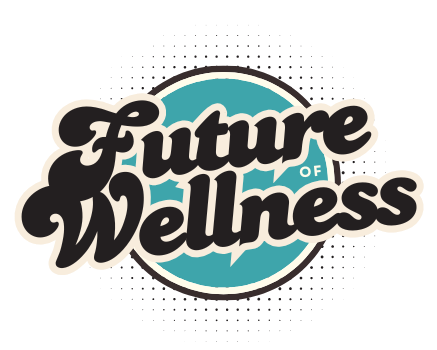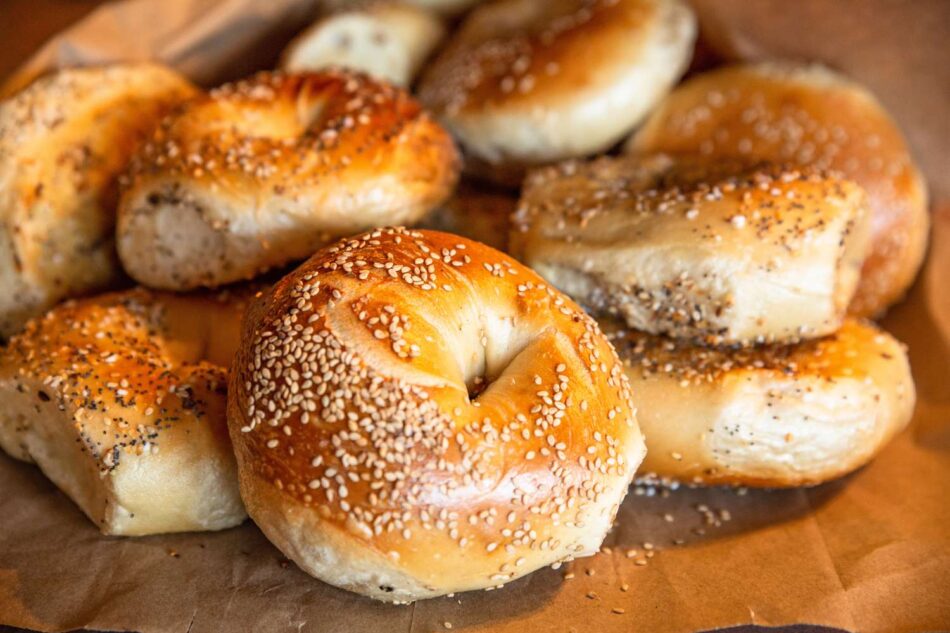As a native Midwesterner, I definitely did not grow up eating the best of the best New York-style bagels. We were a frozen Lender’s Bagel family (and while doing research for this article, I learned many other families are, too). Then, as I began to travel and learn more about what defines a good bagel, I started to understand the hype.
Let me be clear: I’m not a bagel snob. I still buy my bagels at the grocery store. But I do wonder which brand is the best, especially considering the options in the bread aisle. I reached out to four bakers for their consensus on the top store-bought bagel.
The Bagel-Loving Expert Panel
- Becca Blackelari: Production manager and baker at Blacker’s Bakeshop in Newton, Massachusetts
- Janette Zepeda: Culinary producer at The Kitchn and former baker at Baker & Banker and pastry chef for Tracy De Jardin’s restaurant group in San Francisco
- Rachel Appelbaum: New York native and former chef de cuisine at Honeycomb Bakery in Hamilton, Massachusetts
- Ruben Toraño: Director of bread and pastry for Headington Companies and The Commissary in Dallas
Simply Recipes / Whole Foods Market
The Best Store-Bought Bagel, According to Experts
For shoppers who don’t live near an independent bagel shop (so, most of us), Appelbaum recommends skipping the bread aisle. “When looking for a supermarket bagel, I would purchase something from the bakery section of the supermarket rather than prepackaged ones in the bread aisle,” she says.
Overall, the chefs favored the bakery bagel at Whole Foods. To be clear, this means fresh bagels in the bakery case, not the packaged 365 By Whole Foods Market bagels.
According to Zepeda, who currently lives in New York City, “a proper bagel should have that shiny, slightly blistered crust that cracks just right when you bite in. The inside should be chewy, but not so much that you’re working your jaw for minutes. It should have some weight in your hand without ever feeling like a brick.”
“It’s all about balance,” she adds. “I believe the NYC water makes a difference, but it’s the baking technique that truly sets the great bagels apart.”
Appelbaum agrees: “A bagel should have a thick and crusty exterior from boiling and a slightly dense chew, not too bready or airy.”
Surprisingly, Whole Foods bagels deliver just that. Though they may not have the crispest, blistered crust and are chewier than the best bakery bagels, they still have a nice bounce with a contrast between the exterior and the airy interior. Blackelari likes that “they keep their fluffiness when toasted without turning into a hockey puck.”
The competitors that come pre-packaged in the bread aisle are often squishy and gummy, and almost always require toasting. But the Whole Foods bakery bagels, which cost around $5.99 for six, maintain their texture, toasted or not. It’s “a great price point,” given the quality, says Toraño.
2 Brands To Go Out of Your Way For
In New York City, Zepeda often buys New Yorker Bagels. Toraño says he has a newfound love for frozen bagels from Ray’s New York. While both are excellent choices, they’re only available online if you’re shopping outside of New York.
If you’re like me and prefer to stock up on your bagels (either from the grocery store or online), stash them in your freezer. Like other types of bread, they freeze nicely. Just remember to slice them in half before you store them—you’ll thank me later.








